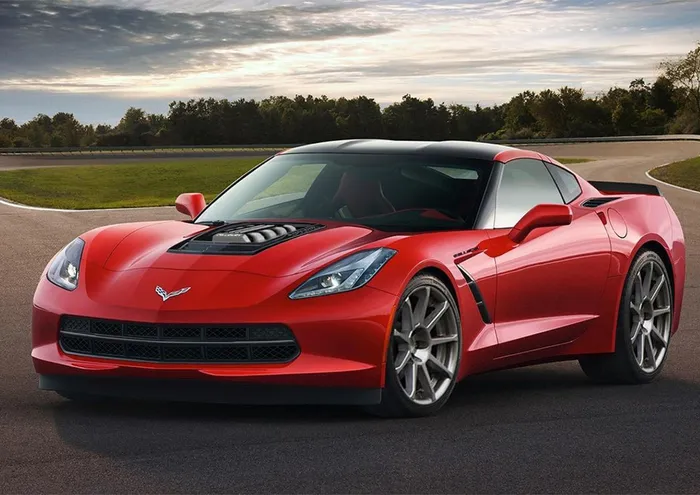Monster Callaway Vette good for 450kW

Reeves Callaway has been building outrageous Corvettes since 1987, but this one rocks! Reeves Callaway has been building outrageous Corvettes since 1987, but this one rocks!
No engineer worth his slide rule will deny that a turbocharger is more efficient than a supercharger, which is why the automotive industry as a whole is bolting hair-dryers onto ever-smaller engines in search of cleaner power.
But a supercharger, particularly when blowing into the inlet manifold of a big V8, delivers instantaneous, tar-wrinkling response - and given the American obsession with acceleration over the standing quarter-mile, belt-driven blowers are still the Big Deal for American street-cars.
And none more so than the iconic Chev Corvette.
GM itself has used superchargers to amp up both the previous ZR-1 and the new, seventh-generation Z06, but the go-to guy for outrageous forced-induction bent-eight power is Reeves Callaway of Old Lyme, Connecticut who has been building outrageously potent Corvettes for more than 25 years, using in-house developments, rather than bought-in components, wherever possible.
He's built small production runs of cars under contract to GM, limited-edition supercars based on 'Vette platforms and GT3-spec Corvettes that have won races in international series such as the World Challenge, Le Mans and the ADAC GT Masters in Germany.
NOW FOR SOMETHING COMPLETELY DIFFERENT
Reeves Callaway first saw the seventh-generation 6.2-litre Corvette engine at the GM technical centre in the second quarter of 2013, and he knew long before most GM dealers that this was something special.
With direct fuel injection, continuously variable valve timing and advanced engine management control to work with, he knew the new engine could be leaned on to produce a lot more power than stock.
He stuck with his favourite Easton TVS blower with four-lobe, high helix rotors for its high volumetric efficiency and proven reliability, but designed a new supercharger housing and manifold for improved airflow, while a new intercooler layout reduces charge air.
AMBITIOUS TARGET
Now front-driven, the supercharger pokes through the bonnet, framed by a carbon-fibre surround panel and integrated hot-air extractor - and breathes out through a big-bore stainless-steel exhaust system.
Callaway set himself an ambitious target: he wanted a 33 percent increase in power, from 335 to 445kW. What he got was a nice round 450kW at 6400rpm (610 horsepower in the old language, hence the model designation SC610), backed by a ferocious 755Nm at 4500rpm - good enough for 0-100km/h in 3.4 seconds, and a standing quarter-mile in 11 seconds flat, accelerating at 1.05g and hitting the lights at 200km/h.
And yet Callaway claims that, driven sensibly, it uses practically no more fuel than a standard model, thanks to modulated supercharger valving and active fuel management that senses operating conditions and responds accordingly.
Now that's what we call having your steroid cake and eating it.
Related Topics: